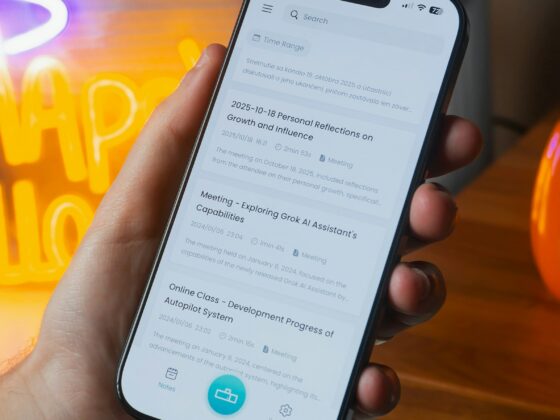
Over the last two years I have asked one very simple question to CEOs of hotel chains, airlines, online travel agencies (OTAs), travel management companies (TMCs), and traveltech vendors alike: what’s your plan for the next 100 days?
For travel leaders today, AI means that it is now – at least technically – possible to do more than ever before in 100 days. Yet most travel leaders still accomplish much less than they plan to over the same period. In the past that was just frustrating. Today it’s a big risk.
In early 2026 a changed travel sector will be emerging and some brands – as well as some leaders – will be the winners. Many more will see that inaction has cost them.
Three factors will shape this. Firstly, the unfounded hype around AI for the operations of travel companies will be exposed. Secondly, AI will already be disrupting the way we buy travel at scale. And, finally, investors will be paying attention to both of these dynamics closely.
There is a gulf between a successful AI proof of concept and being able to actually cut your wage bill. That means the operational efficiencies travel leaders have been promoting to investors, and the fantasies of slashed contact centre budgets, will be far slower to materialise than promised.
Without AI as a silver bullet, boards are about to become much more vociferous in challenging CEOs across the sector on where growth is going to come from.
Alongside this, while the business media has been tracking the ‘AI bubble’, it has been sleeping on the impact of the shift in search. That change will be profound for the travel sector, as it already is in the wider tech industry.
When Google recently changed the rules on how many websites it and other AI services refer users to, 88% of sites saw a decline in visitors. Reddit was badly affected by the rule change and its stock dropped -15%, wiping out around $5 billion in market cap. Monday.com’s shares crashed -40% in 30 days, despite beating earnings expectations by 27%, because the company admitted to investors that AI search was already adversely affecting its marketing funnel.
It is only a matter of time before we see investors decide that certain OTAs, and even hotel and airline brands, are too reliant on search traffic too – even if there are short-term profits to point towards. What hope then for companies with a balance sheet that is already showing signs of distress? There are plenty in that category in travel.
As AI’s promised commercial benefits to operations stall, at the same time as the disruption it brings to marketing accelerates, leadership teams in travel will also have to confront a fundamental question in technology strategy. Are vendors like Sabre right to say that the accelerating pace of change means that everyone needs orchestrators more than ever? Or are you paying for your addiction to legacy technology in more ways than one?
So, given all of this, what’s a travel leader in 2025 to do? The next 100 days must be the point to shift strategy and execute change.
It has always been possible to achieve much more in 100 days than most executives think. The first Visa card was created in only 90 days – and signed up 100,000 customers too. Amazon started to implement the first version of Amazon Prime in late 2004 and launched it on February 2 2005, six weeks later. So why does it now take travel companies more than 100 days to execute new payments features or make small changes to loyalty schemes?
At Label Sessions, we looked at the data after hours of interviews with c-suite leaders in travel and beyond. The answer is actually much more about leadership than technology.
Leaders who have what we call the IFF – Influence, Focus and Foresight – factors deliver extraordinary things in 100 days.
Influence requires a strategic narrative that can keep boards, investors and staff on the journey with you. Focus means enabling teams to be ruthless in prioritising what needs to be done to hit your 100-day goals. The foresight that matters means planning for where the problems may come and making sure you have the right resources ready to overcome them.
These sound simple, but perhaps they should be. Few travel leaders will be inventing brand new technology in the next 100 days. Each, though, does need to assemble new products, services and propositions for a travel industry that is changing in some fundamental ways.
In fact, the pace of change is both the opportunity and the challenge of the coming months. While every company in the sector will struggle with elements of what those bring, so will their competitors.
Amidst all of this, one thing is certain: a lot is going to happen in the next 100 days. Travel industry leaders have a clear choice: use that time to create plans that will define their career and the future of the brands they represent, or run the risk of falling behind.







